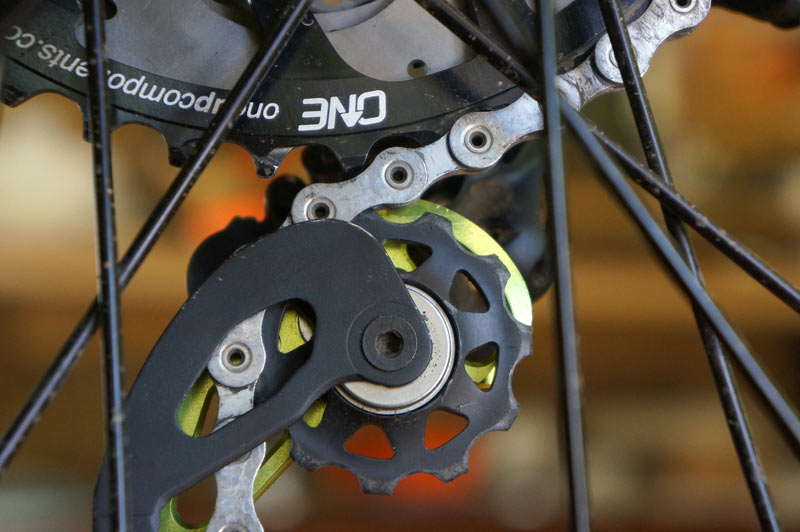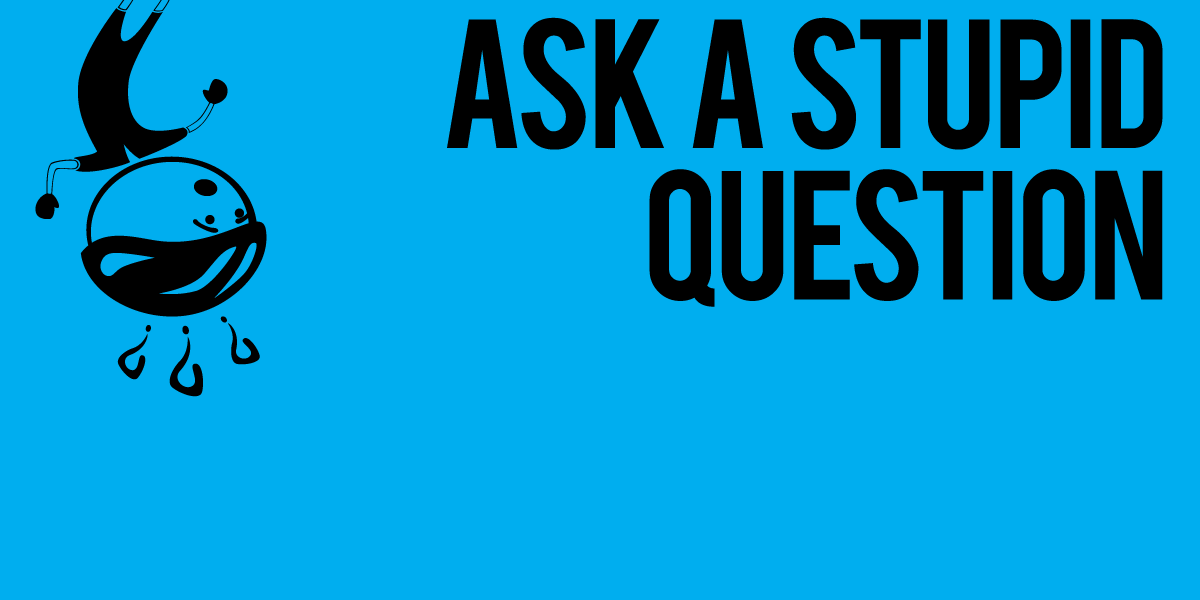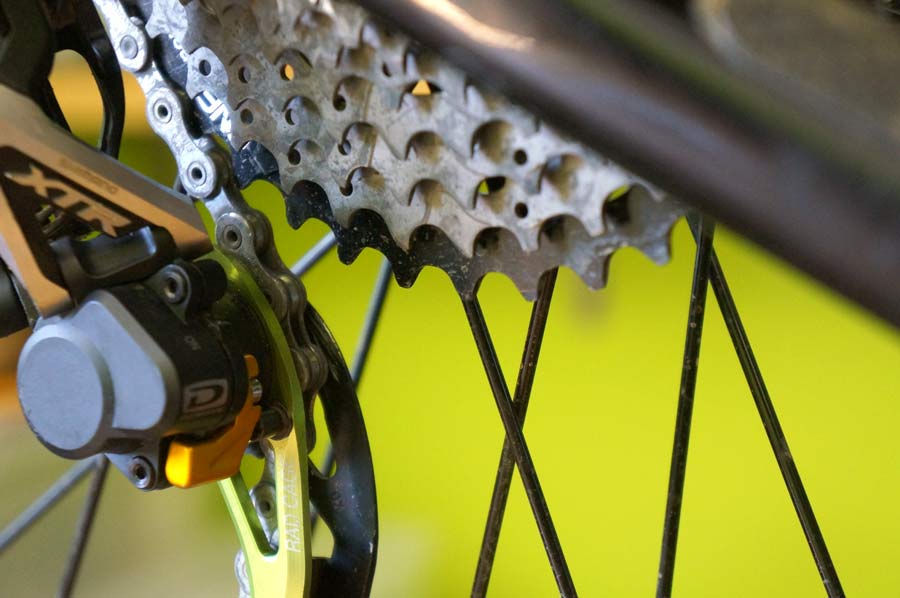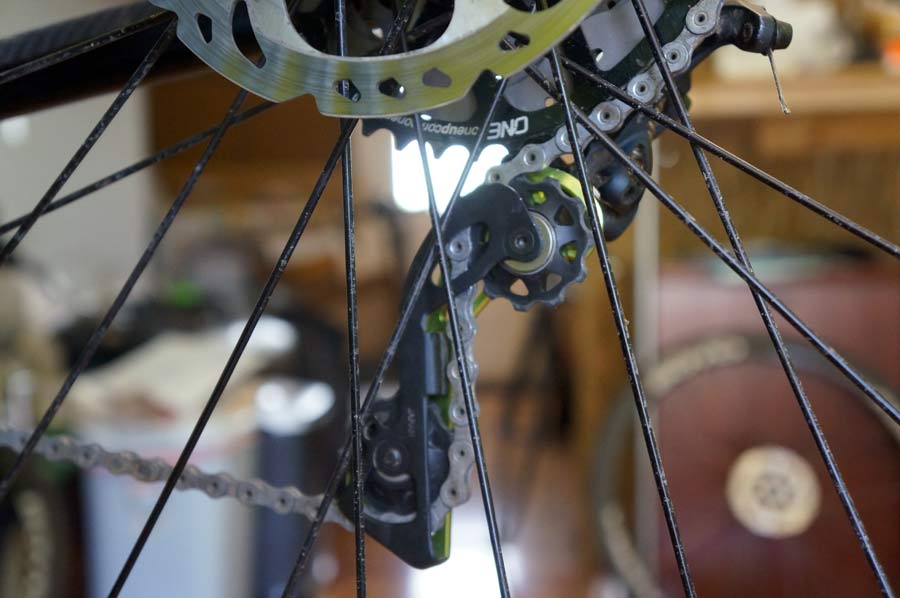We know, there’s no such thing as a stupid question. But there are definitely some questions too embarrassing to ask your local shop or riding buddies. Ask A Stupid Question is our weekly series where we get to the bottom of your questions – serious or otherwise. Hit the link at the bottom of the post to submit your own question!
Or, in other words, What does the B-Tension screw do? If you’ve tried to adjust your own derailleur, chances are good that you’ve wondered the same things. But, since that odd ball screw tends to confuse a lot of people (more than one reader has asked essentially the same question), we thought it would be worth a closer look…

To make sure we weren’t missing anything, we reached out to one of the most knowledgeable people we know on the subject – Shimano’s Mountain Bike Product Manager, Nick Murdick. Simply put, the B-Tension screw is there to control the gap between guide pulley (the upper pulley on the derailleur) and the bottom of the cogs. Since this gap will always be most easily seen and tested by the relationship between the derailleur and the largest cog on the cassette, it’s recommended that you set your adjustment here. It’s also recommended that if you have a front derailleur, it should be shifted into the smallest chainring.

This used to be a fairly straight forward adjustment. Just get the guide pulley as close to the bottom of the cog as possible without it making noise. But as cassette ratios get wider, the recommended gap has ballooned from 1-2mm to 5, 6, 7, or even 8mm depending on the set up. The larger the tooth count difference between the top two cogs, the more space you’ll need.
Since you have to set the B-Tension adjustment to clear the largest cog, this is where cassette adapters (i.e. putting a larger-than-stock cog on the back of your cassette) tend to have a detrimental effect on shifting. Nick points out that Shimano has very strict engineering requirements when it comes to their products, so it’s not surprising to find a little wiggle room in what actually works.
So what does happen when the B-Tension adjustment is too far away from the cog? Essentially, it just slows down your shifting. It will still work, but as the derailleur pushes on the chain from the inside, the shift takes place when the chain picks up the tooth on the next cog. When the derailleur is farther away, this will slow things down. It will still shift, just not as crisply. The flip side is that if it’s too close, the derailleur can try to push the chain into the side of the larger cog, but too low for it to pick up the chain, and things can get jammed up.
In the end, you still want the B-Tension adjusted so that the upper guide pulley is as close to the cogs as possible, without making noise or creating physical interference. How close that actually is depends greatly on the cassette and derailleur you’re using, but in general – the closer it is, the better your shifting will be.
And if you really want to nerd out on derailleurs and chain theory, Nick suggests The Dancing Chain by Frank Berto.
Got a question of your own? Click here to use the AASQ form, or find the link under the Contact menu header up top anytime a question pops into your mind!


